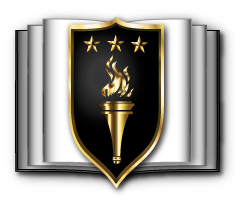
School of Strategic Landpower (SSL)
Department of Distance Education (DDE)
Department of Military Strategy, Planning, and Operations
(DMSPO)
Department of Command, Leadership, and Management (DCLM)
Department of National Security and Strategy (DNSS)
US Army War College
Department of Military Strategy, Planning, and Operations
Mission:
The Department of Military Strategy, Planning, and Operations educates and develops selected military, civilian, and international leaders on the successful implementation of national military strategy in a joint, interagency, intergovernmental, and multinational environment.
Academic Programs
DMSPO Academic Programs include:
Basic Strategic Art Program (BSAP)